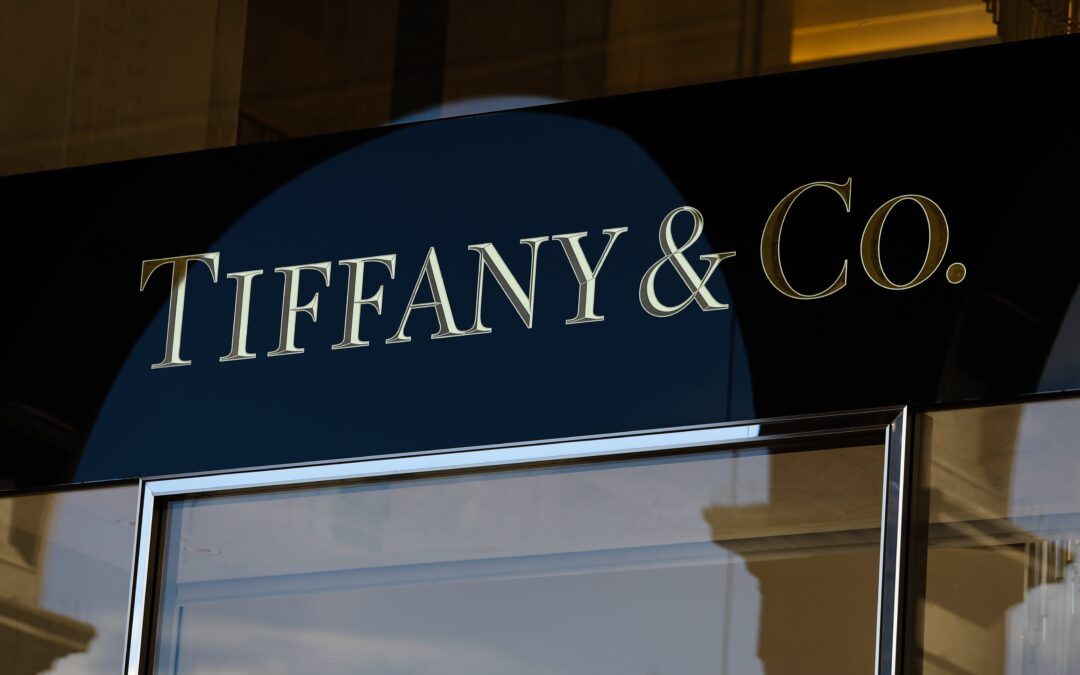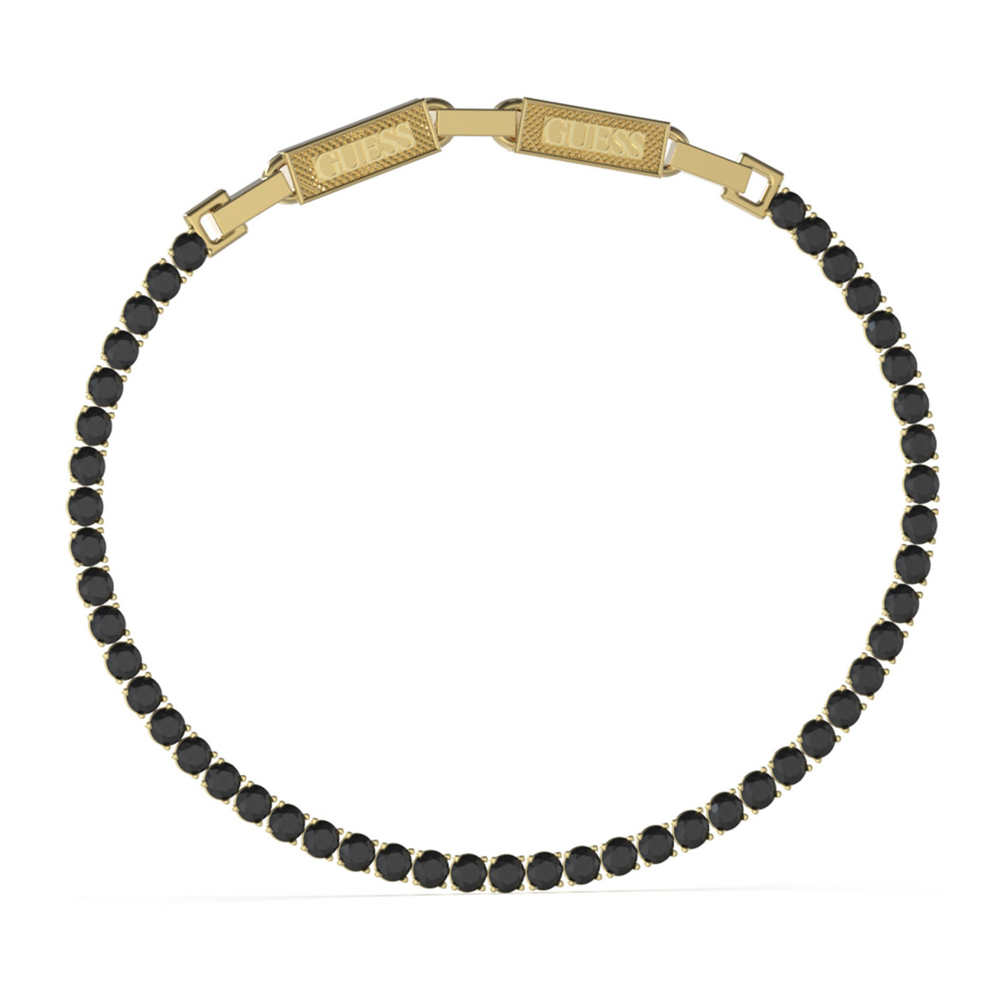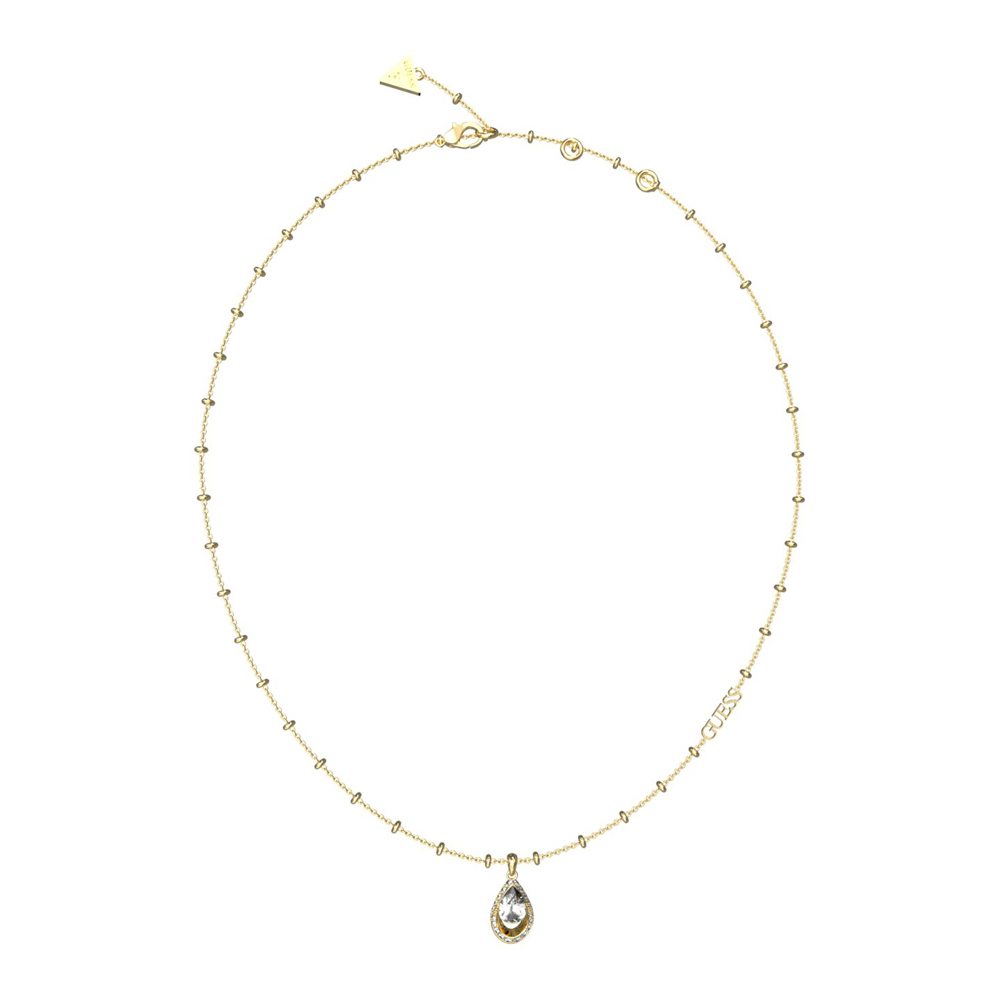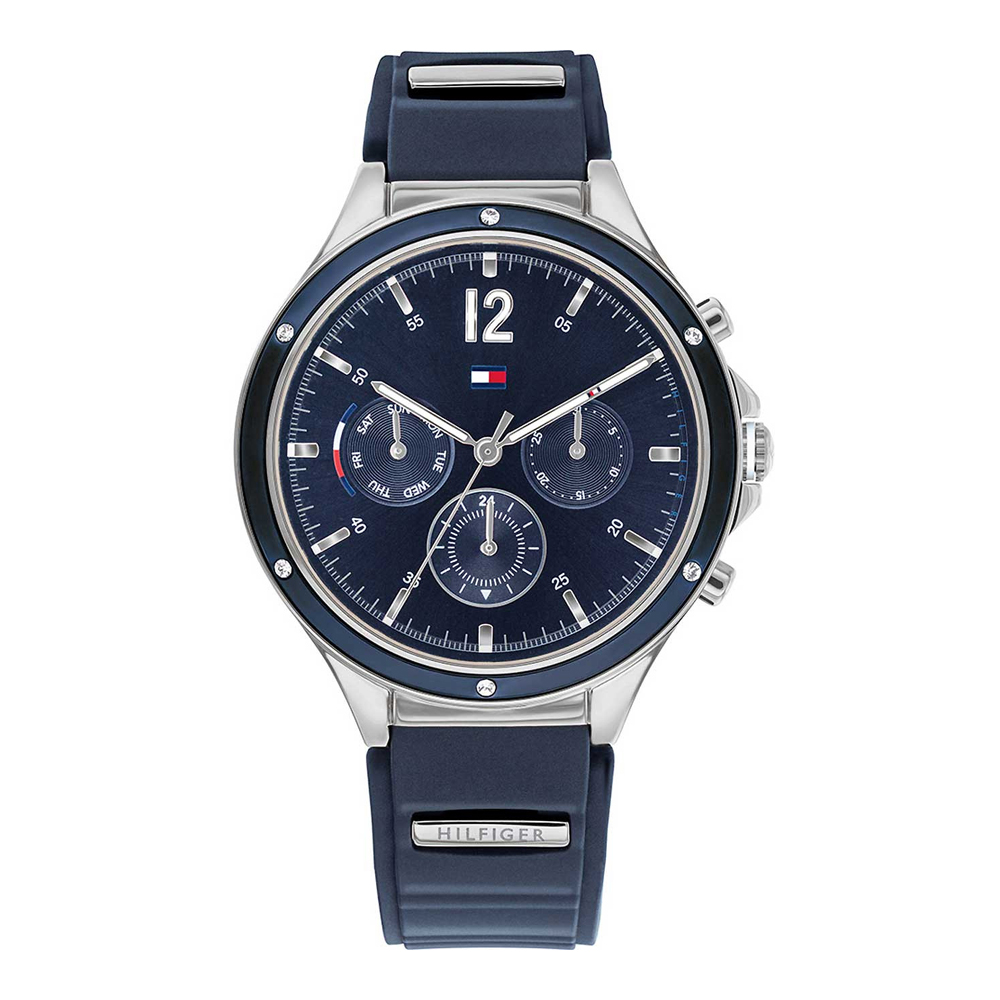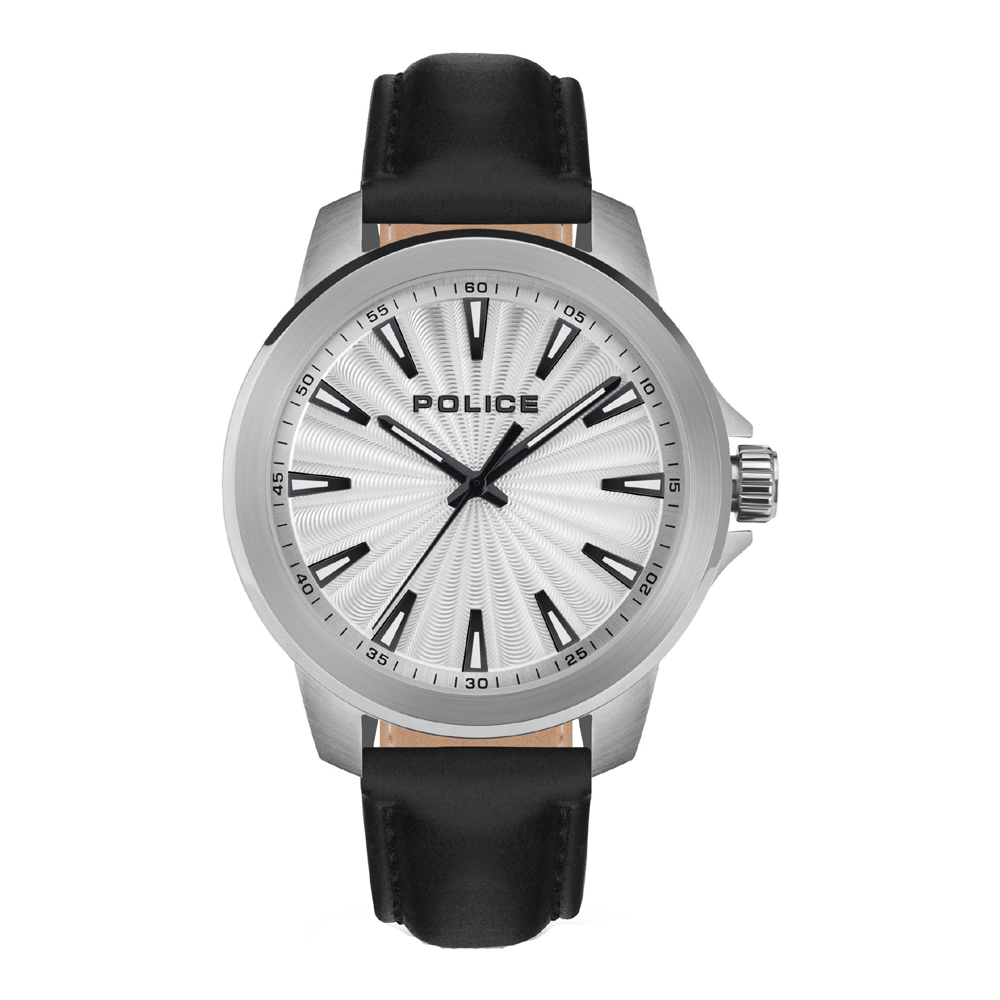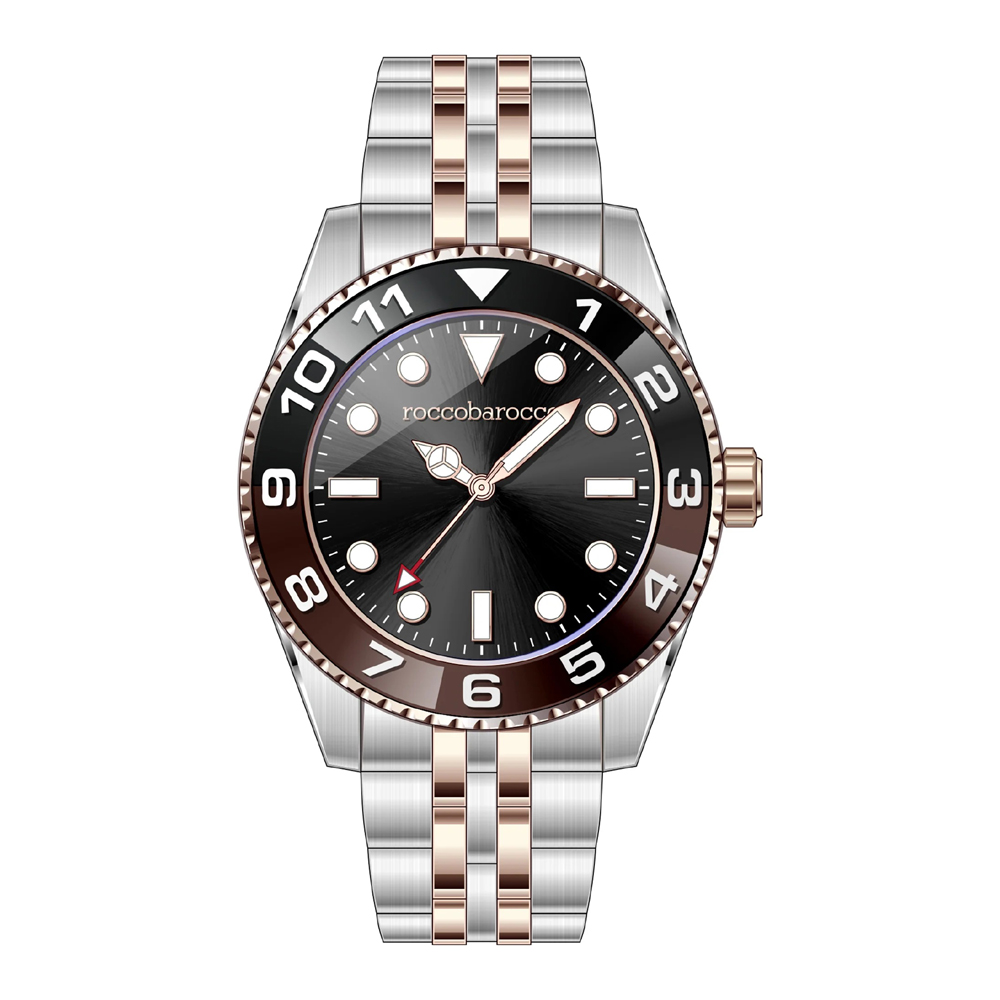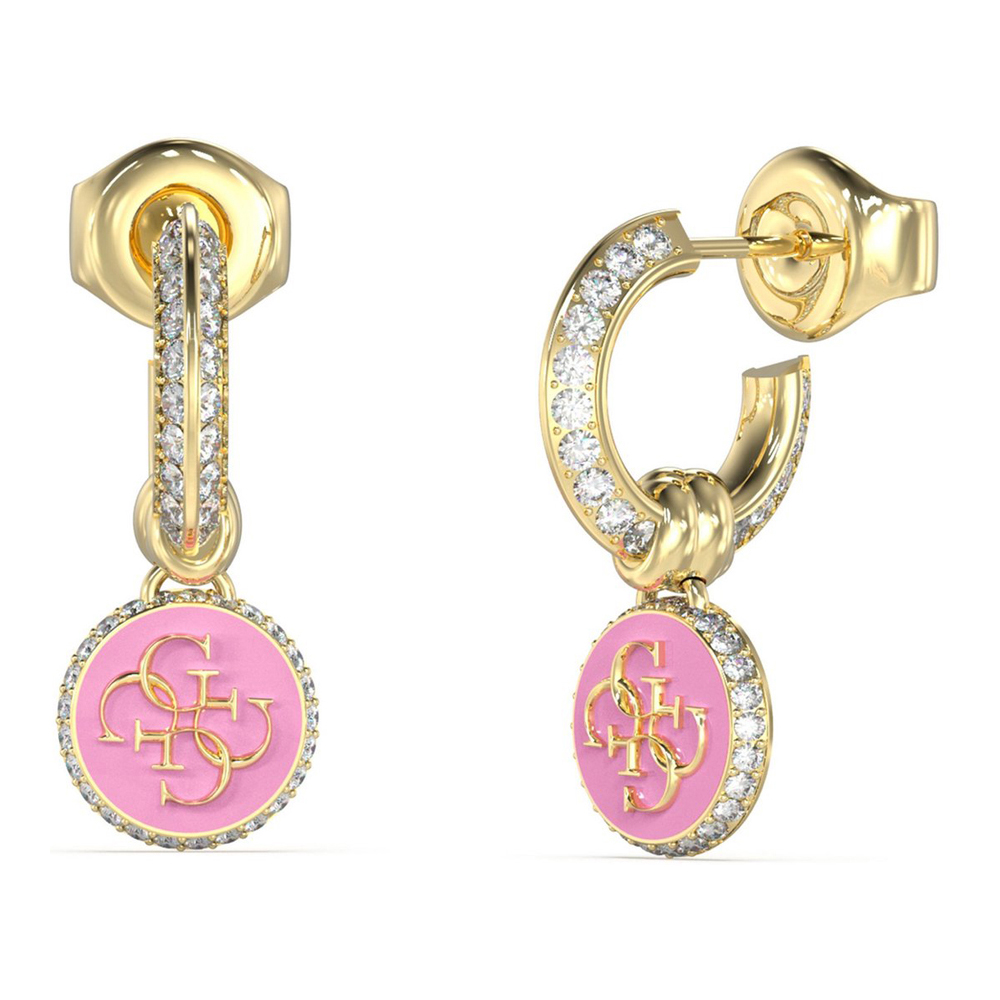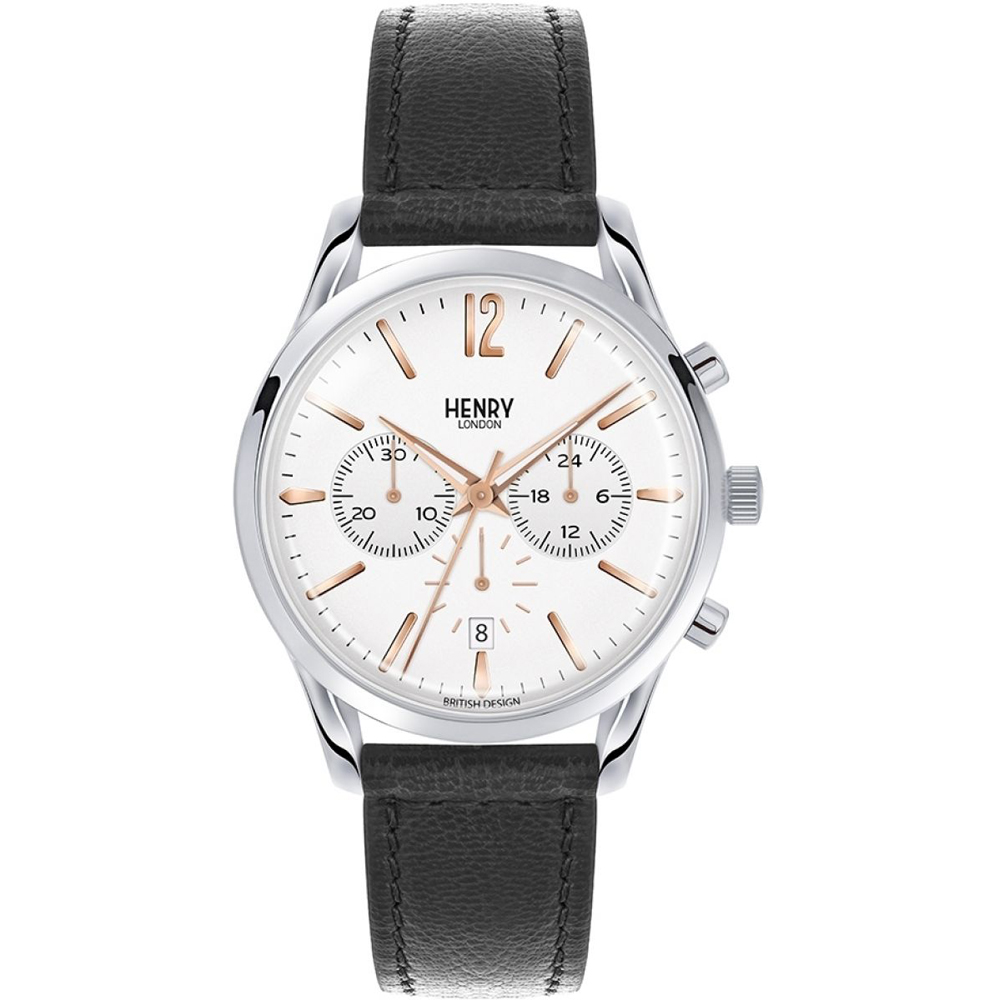
Tiffany salespeople called them the “watch monsters.” The obsessives. The wealthy shoppers who were sure they should be among the chosen few to get their hands on a rare timepiece from Patek Philippe.
They descended on Tiffany & Co. a few years ago, when the retailer began offering a limited edition Patek Philippe Nautilus 5711 with a dial in the jeweller’s signature robin’s-egg blue. Patek crafted 170 of them, a tribute to the number of years the brands had worked together. Tiffany’s hope was that the buzzy timepiece would help attract – and retain – high-end shoppers who weren’t already regular customers.
Yet the Blue Dial — as it became known — was never for sale in the traditional sense. Demand was so high that Tiffany executives, including Americas head Christopher Kilaniotis, realised clients would be willing to spend millions of dollars on other jewellery for the chance to buy the coveted watch, which was priced at $52,635. Salespeople were instructed to guide top prospects toward spending $2 million to $3 million, according to people familiar with the sales strategy. No official waitlist. No guarantees.
“Everyone wanted that piece,” said Oliver R. Müller, a luxury watch consultant based in Aubonne, Switzerland. “With rich people, if you tell them they can’t have something — they want it,” he added. “It’s called the psychology of billionaires.”
When the Blue Dial arrived, wealthy shoppers’ desire for luxury watches was in overdrive in the midst of a pandemic-era buying mania. It instantly became one of the most talked-about objects in the luxury world.
For Tiffany, the timing was opportune. The jeweller was barely a year into its new era under LVMH Moët Hennessy Louis Vuitton SE, which bought it for $16 billion in 2021. The largest luxury acquisition on record underscored the outsized ambitions that LVMH had for Tiffany, a beloved American brand that had nonetheless become a bit tired. Tiffany sales rose 4 percent in the five years through January 2020, down from a nearly 60 percent spike during the prior half decade, Bloomberg data show.
But what began as a celebration of the iconic jeweller and watchmaker has evolved into a cautionary tale — a lesson in how exclusivity, if mishandled, can dim the glow of luxury.
Since the Blue Dial’s release, Patek Philippe shut three of its four boutiques in Tiffany stores in the midst of a broader consolidation. Tiffany’s fractured relationship with one of the world’s most beloved watchmakers drags on revenue to this day and is one reason why salespeople have struggled to meet ambitious monthly targets at stores where Patek closed its boutiques, according to several people familiar with the situation.
The details of how Tiffany angered many within a passionate community of watch lovers haven’t been previously reported and are based on interviews with nearly two dozen people familiar with what happened who asked not to be identified discussing private matters.
Tiffany’s press office declined to comment, while Kilaniotis and Tiffany chief executive officer Anthony Ledru didn’t respond to requests for comment. LVMH has recently told analysts and investors that the changes being implemented at Tiffany, including a focus on selling its high-end Icons collection and lavish store renovations, are paying off.
“We are seeing continued very good progress on Tiffany’s transformation plan,” LVMH chief financial officer Cécile Cabanis said during an earnings call in April.
Tiffany is the largest contributor to LVMH’s jewellery and watches division, which also includes brands such as Bulgari and Tag Heuer. When LVMH reports earnings on July 24, analysts surveyed by Bloomberg forecast the division will show a 1 percent revenue decline in the most recent quarter from a year earlier.
Patek declined to comment on its relationship with Tiffany or the sale of its watches.
In a December 2021 interview with the New York Times, Patek President Thierry Stern seemed to foreshadow the issues that were to come. Tiffany executives, he said, “may not realise how difficult it’s going to be to choose the clients” to purchase the Blue Dial.
The business logic of the jewellery-sales plan was straightforward for Tiffany: If even two-thirds of the Blue Dials unlocked $2.5 million in jewellery sales apiece, Tiffany stood to generate almost $300 million. Salespeople stood to make commissions of as much as $100,000 on such transactions.
When the frenzy started, some former Tiffany staffers said they were instructed by executives to avoid putting the unofficial quid pro quo in writing, to avoid giving clients the impression that purchasing jewellery guaranteed a Blue Dial. The allocation was at the discretion of Tiffany executives, and the process was all over the place, these people said.
And that’s why it was so bad from a client relations perspective, they said. For some “watch monsters” — as some in the salesforce came to call the most aggressive would-be customers — the glittering prize proved elusive. They spent princely sums on Tiffany jewellery only to come away empty-handed, according to former staff. Other long-time Tiffany and Patek customers told employees they were resentful that their purchases over the years seemingly counted for nothing. And even some buyers who snagged a Blue Dial became irate when the watches began to show up on the resale market, selling for less and less.
In November 2023, one client sued Tiffany over issues with the sale of almost $4 million in jewellery, alleging in court documents that she never received a custom-made, yellow-diamond necklace the company said it would deliver.
While the Blue Dial wasn’t mentioned in the legal filings, people familiar with the matter say the customer purchased the jewellery in part to acquire the watch, which she ultimately received. She and Tiffany settled in August. The client and her lawyers didn’t respond to requests to comment.
Another client who said he was asked by Tiffany salespeople to spend $5 million to be able to buy the watch was so taken aback by the proposal that he sold several other Patek Philippes he bought from Tiffany in protest. The business owner, who is in his 30s, said he didn’t buy the watch and he no longer shops at the jeweller. He asked not to be identified to avoid publicising his interest in collecting luxury watches.
An entrepreneur based in the Tri-State area who bought the Blue Dial said he spent over $2 million on jewellery in the belief that the purchases would make him eligible for the watch. Now when he wears the watch, he says, other owners ask him how much jewellery he bought to secure the timepiece. Tiffany salespeople asked him to keep the amount he spent confidential because the company sometimes asked different clients to spend varying amounts, he said.
In the end, the blowback was so severe that Tiffany decided to allow some purchasers to return the jewellery they bought in the hopes of getting the watch, according to former staff.
That’s an exception to the company’s typical policy of not taking back most items that sell for more than $75,000, they said.
Patek Philippe, which is closely held, has said the boutique shutdowns “were part of our global consolidation” to reduce the number of locations that sell its goods, but former staffers said Tiffany managers told them they thought it was triggered in part by Patek’s frustration with how Tiffany handled the sale of the Blue Dial.
Selling more to the type of customers who spend millions of dollars each year on jewellery and watches was part of the strategy that LVMH chief executive officer Bernard Arnault and other executives laid out to fuel Tiffany’s growth.
Instead, some of those customers have shifted to rivals like Cartier. While the Swiss jeweller has increased its share of luxury jewellery sales globally, Tiffany has dropped by one percentage point to 11 percent since 2022, according to data analytics firm Euromonitor International. At LVMH’s jewellery and watches division, sales were flat in the two years through the end of 2024. Meanwhile, sales at Compagnie Financière Richemont SA’s jewellery division, which includes Cartier, Van Cleef & Arpels and other brands, grew 14 percent over the two-year period through March.
One reason for the excitement around the watch was that it symbolised the end of an era. The Blue Dial would be the swan song for the entire 5711 line of watches, which Patek was discontinuing. And the special-edition timepiece also marked the beginning of LVMH’s reign at Tiffany. “This was my little gift to say congratulations on buying Tiffany,” Patek President Stern told CNBC in 2021.
Since Patek only has a few stores, it relied on Tiffany to sell the watches — a symbiotic business relationship the two have had for a century and a half. The jeweller is one of a limited number of US retailers authorised to sell Pateks on behalf of the Swiss watchmaker. Some of those sold at Tiffany carry a stamp on the dial from both brands, a highly-sought after detail among watch aficionados.
As the excitement built among would-be watch buyers, Tiffany employees told some that they had been placed on a “wish list.” Some former staff said they were told to avoid saying “waitlist” since that overtly reminded the clients, many of whom are titans of global business accustomed to getting what they want when they want it, that they were, in fact, waiting.
In early 2022, as watch customers manoeuvred for their chance to buy the Blue Dial, photos began to pop up online of celebrities wearing the timepiece — Jay-Z, Lebron James, Mark Wahlberg and Leonardo DiCaprio. They got the watch quickly, which didn’t go over well with some of the “watch monsters,” according to former employees.
Conditioning the sale of one item on the purchase of other items is known in the luxury industry as “bundling” or “tying.” Since the watchmakers set the prices that retailers can charge, and prices for certain models are sometimes well below what customers would be willing to pay, bundling becomes a way for companies like Tiffany to drum up demand for their jewellery.
Still, retailers are often coy about the practice, partly because the watchmakers consider it distasteful and in violation of their agreements with the stores, according to Eric Wind, the owner of Wind Vintage, which buys and sells pre-owned watches.
There’s a whiff of hypocrisy, though, Wind says. Watchmakers often encourage clients to buy less desirable watches from their own stores or from retailers in order to ultimately purchase their dream timepiece: You buy these three Pateks and you’re more likely to get that more desirable Patek.
And jewellers point out that watchmakers assign them an impossible task when they only dole out several luxury timepieces to sell each year despite a waitlist that can stretch to hundreds of clients. Salespeople have to come up with some criteria to divvy up the watches, jewellers argue, and usually that’s purchase history.
Across the industry, the practice often breeds resentment.
One man sued a California jeweller in 2023, alleging that a salesperson encouraged him to spend more than $168,000 over 18 months on three Patek watches he didn’t really want and purchase a $53,000 diamond bracelet in order to be able to buy a Patek Philippe 5980/1R-001 timepiece that he really did want. He never got the desired watch. The client asked the court to dismiss the case, without the possibility to refile. Lawyers on both sides declined to say whether there was a settlement or otherwise elaborate on the basis for the client’s request.
Two shoppers sued Hermès in 2024, alleging the luxury house employed a “scheme” requiring consumers to purchase shoes, scarves, belts and jewellery in order to “be offered the opportunity to purchase a Birkin” handbag. Lawyers for Hermès have asked a judge to dismiss the case, saying that the brand “does not require a customer to have purchased its many other products before purchasing a Birkin.”
In April 2022, many of the watch lovers finally got a chance at a golden ticket: An invitation to an exclusive event Tiffany was hosting in Miami to sell its most expensive jewellery. The soiree came just months after a Blue Dial changed hands for about $6.2 million — more than 100 times its retail cost — after a December 2021 charity auction. While veteran collectors consider such charity auctions more of a marketing stunt than an indication of market demand — sometimes the watchmakers themselves are involved in the bidding, for example — others said they saw the price as proof that the watch was a no-brainer investment.
In Miami, Tiffany executives reiterated to staff that clients needed to spend at least $2 million to be eligible to buy the Blue Dial, though managers also warned employees not to give clients the impression that buying the jewellery was a formal agreement that guaranteed the ability to purchase the watch, according to people familiar with the matter.
Top clients were put up in five-star accommodations in Miami with all meals covered during their two- to three-night stay. There was also a cocktail party and a gala dinner.
Clients hoping for a Blue Dial snatched up multi-million-dollar pieces, the people said. They kept asking salespeople if spending $1 million on that ring and $2.5 million on that necklace would guarantee them the watch. Sales surpassed executives’ estimates, setting a new revenue record for that type of event.
The promise of the LVMH era at Tiffany seemed to be materialising.
But things went downhill from there, the people said. They said some clients who spent millions at the Miami event and in the following weeks to get the watch ultimately weren’t offered the opportunity to buy. Even some who were able to purchase it grew frustrated over the long wait, they said.
By November 2022, some watch owners began to sell them on the secondary market. One went for about $3.2 million at a Christie’s auction. In May 2023, around $2.5 million at Christie’s. In May 2024, one sold for $1.2 million at online auction Loupe This.
Most recently, sales for the Blue Dial have hovered around $1.2 million, according to data from WatchCharts.
Tiffany was supposed to be meticulous about vetting watch owners to ensure they wouldn’t turn around and sell the Blue Dial, according to former staff. Patek executives often present the watches as paragons of Swiss engineering and design to be cherished, not investments to be traded. For some Tiffany and Patek clients, watching the flipped watches decline in value was the final straw. Some complained directly to Patek Philippe.
Despite the frustration that built among some customers over bundling the sale of the Blue Dial and jewellery, Tiffany still encourages at least some clients to spend money on diamonds and gold pieces to improve their chances of getting different models of highly desired Patek watches sold at the New York store.
Charlie Ho, an anesthesiologist who lives outside of Boston, visited Tiffany’s flagship Manhattan store in December 2024 to inquire about purchasing a Patek Philippe 5396R model in gold with the jeweller’s stamp. While it’s not as rare as the Blue Dial, it’s still coveted.
According to Ho, a salesperson told him it could take a long time to receive the one he wanted. Then he said that perhaps purchasing Tiffany jewellery might help accelerate the process.
But Ho has played that luxury game before — and it didn’t work.
About a decade ago, he says executives at Ferrari NV told him that if he bought several sportscars, he would have a shot at nabbing the special edition model he’d dreamed about for years. He ultimately bought five Ferraris, but never got the one he wanted.
Luxury bundling lesson learned, Ho says. A Ferrari spokesperson declined to comment on Ho’s experience but said: “Ferrari maintains a highly transparent relationship with our clients, and our allocation strategy does not involve, nor does it reflect, such behavior.”
Ho says he will wait as long as it takes to get the Patek he wants or buy the model on the secondary market — but he won’t spend money on jewellery to close the deal.
“I don’t want to play the game anymore,” Ho says.
By Jeannette Neumann

